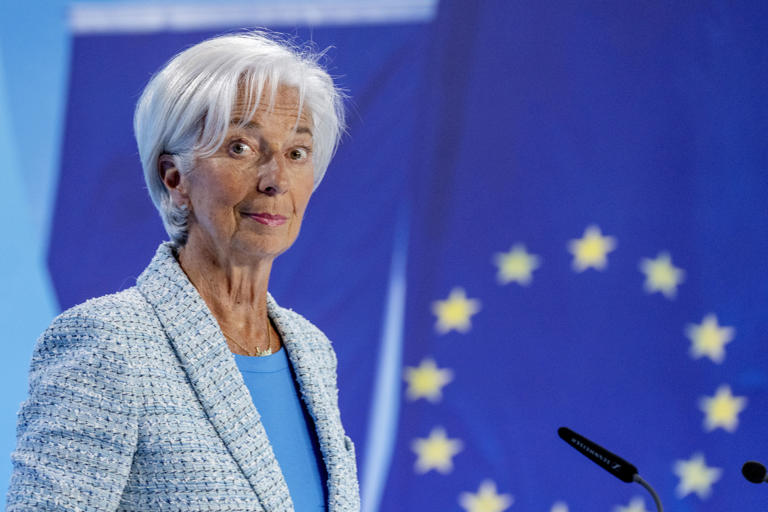The European Central Bank (ECB) opted to maintain its key interest rate unchanged at 3.75% during its recent meeting, signaling a cautious approach as it monitors persistent inflation pressures within the Eurozone. This decision follows a previous quarter-point rate cut in June, emphasizing the ECB’s commitment to ensuring inflation remains firmly under control before considering further reductions in borrowing costs.
In a statement accompanying the decision, the ECB highlighted ongoing challenges such as elevated services inflation and expectations that headline inflation will likely remain above the target into the next year. This stance mirrors the cautious approach of the U.S. Federal Reserve, which is also expected to hold off on rate cuts at its upcoming meeting, scheduled for July 30-31, although market expectations lean towards easing thereafter.
Central banks worldwide, including the ECB and the Fed, had aggressively raised rates in response to heightened inflation triggered by geopolitical tensions and the post-pandemic economic rebound. These rate hikes aim to curb excessive demand and historically have been effective in dampening consumer price increases.
While inflation in the Eurozone has moderated from its peak in October 2022 of 11.6% to 2.5% in June 2024, it has remained stubbornly between 2% and 3% for several months. This persistent inflation has driven workers to negotiate higher wages to cope with reduced purchasing power, particularly affecting services like entertainment, dining, healthcare, and personal care.
The anti-inflationary measures, however, have had adverse effects on economic growth, which has been sluggish in the Eurozone. First-quarter GDP growth was a modest 0.3%, reflecting a challenging economic environment exacerbated by higher borrowing costs affecting sectors such as housing and renewable energy projects.
Despite these economic headwinds, the ECB points to a resilient job market with low unemployment rates as a positive indicator that higher rates are not yet pushing the economy into a recession. Conversely, in the United States, Federal Reserve Chair Jerome Powell expressed confidence that inflation is gradually returning to the Fed’s target of 2%, suggesting potential rate cuts in the coming months if this trend continues.
Looking ahead, most economists anticipate the ECB and the Fed to adopt a cautious but accommodative stance, with expectations of rate cuts potentially starting in September. This outlook has prompted optimism among traders, reflected in futures markets pricing in further rate reductions later in the year, aiming to support economic recovery while managing inflationary pressures.
